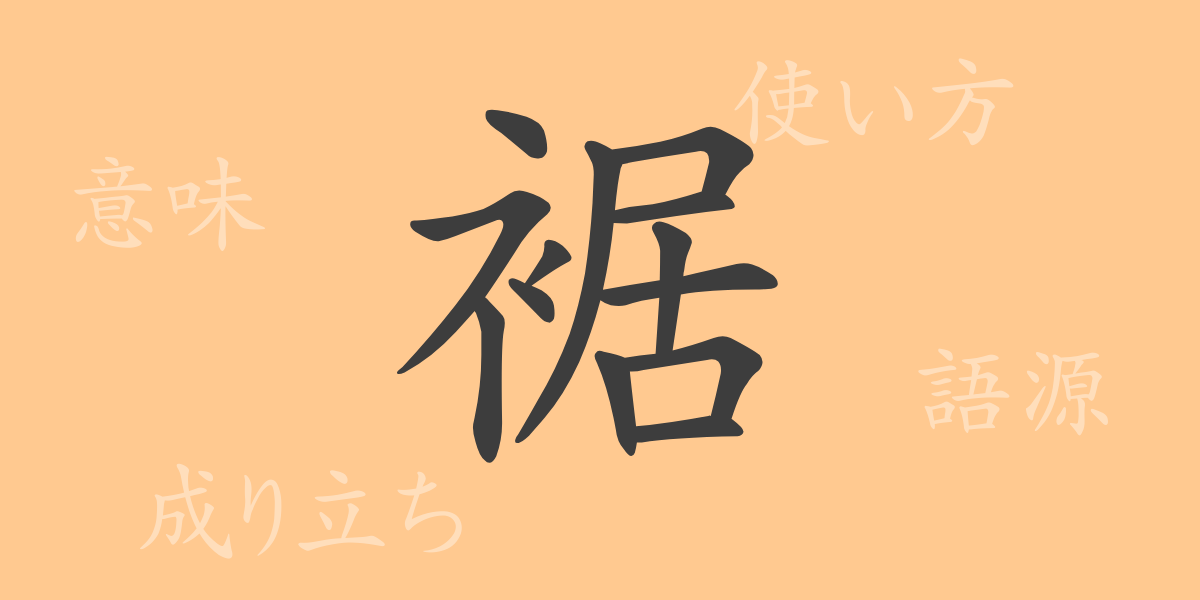The richness of the Japanese language is evidenced by its numerous kanji, each with its own unique history and significance deeply embedded in daily life. Among these, the kanji ‘裾’ (スソ) represents more than just an element of clothing—it encompasses a rich history. This article explores the origins, meanings, and uses of ‘裾’, along with how it appears in everyday phrases and idioms, inviting us to delve into the depth of this character.
Origins of 裾
The kanji ‘裾’ originated in ancient China as a term referring to the lower edge of clothing. Over time, it evolved to denote not just the hem of garments but also the edges or peripheries of objects more broadly. This character was adopted in Japan with the same meanings and has been used consistently up to the present day.
Meaning and Usage of 裾
While ‘裾’ is commonly known for denoting the lower part of garments like kimonos or skirts, it also extends metaphorically to describe bases or foundations, such as in ‘裾野’ (foothill). Additionally, the phrase ‘裾を引く’ uses ‘裾’ to depict the act of subordinates following their leader, showcasing the term’s versatility in Japanese expression.
Readings, Stroke Count, and Radical of 裾
Let’s examine the structure and pronunciation of ‘裾’:
- Readings: On’yomi ‘キョ’, Kun’yomi ‘すそ’.
- Stroke Count: 13 strokes in total.
- Radical: The radical is ‘衣’ (ころもへん), related to clothing.
Phrases and Idioms Using 裾
The character ‘裾’ appears in various phrases and idioms that reflect aspects of Japanese culture:
- 裾分け (すそわけ): Sharing one’s profits or benefits with others.
- 裾野を広げる(すそのをひろげる): To expand the scope or influence of an activity or organization.
- 裾を追う(すそをおう): To follow in someone’s footsteps, especially in continuing the work or tradition of a respected mentor or leader.
Conclusion on 裾
This exploration into the kanji ‘裾’ has revealed its extensive meanings and applications—from a part of clothing to metaphorical expressions encompassing ideals of respect and expansion. As we encounter ‘裾’ in daily communication, remembering its historical and cultural underpinnings enriches our appreciation of Japanese linguistic depth.

























